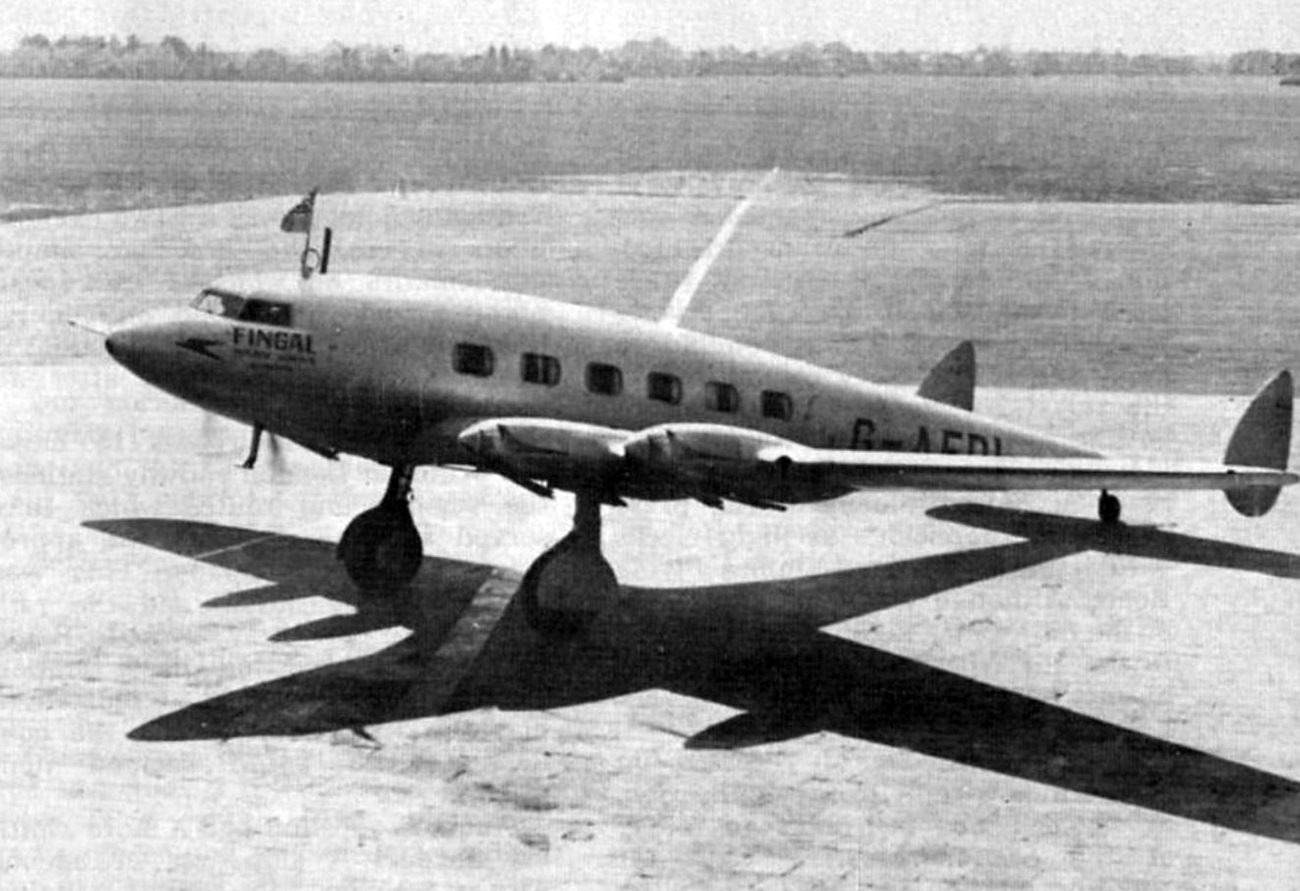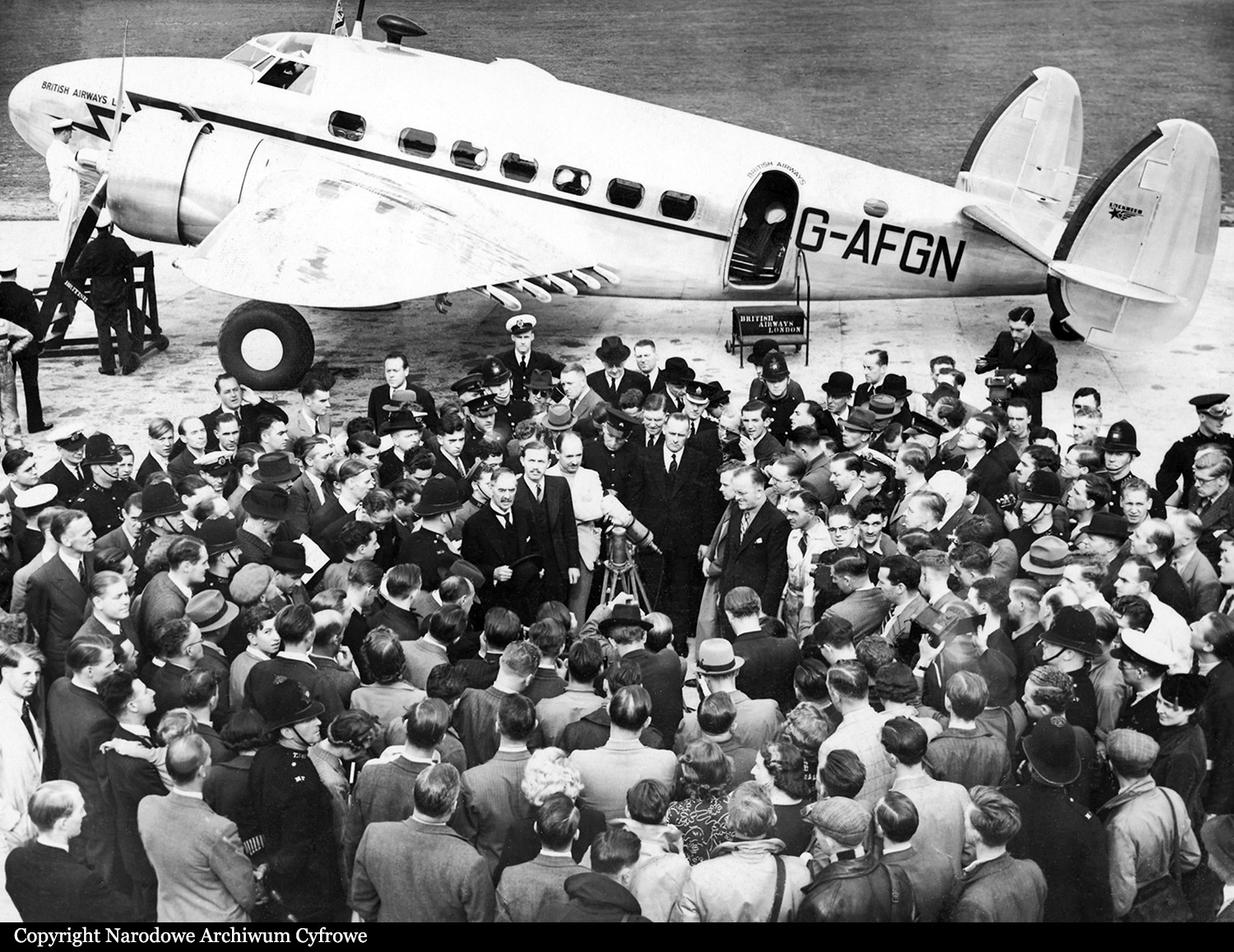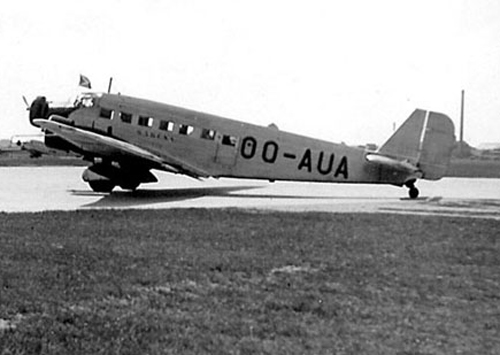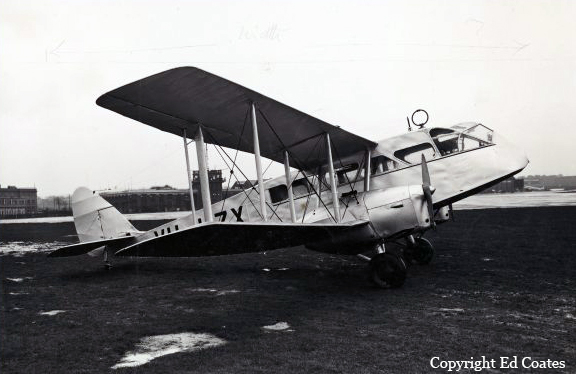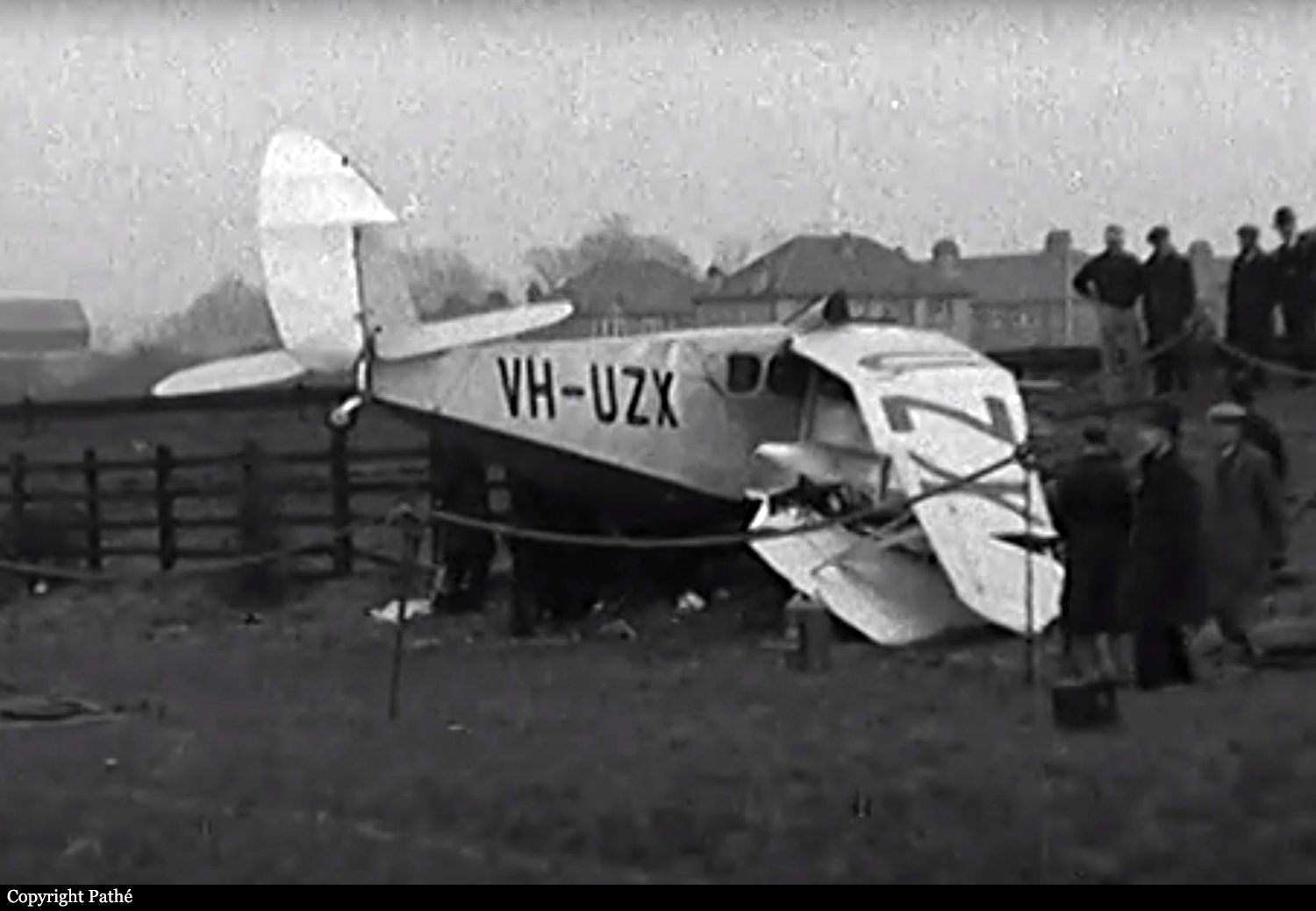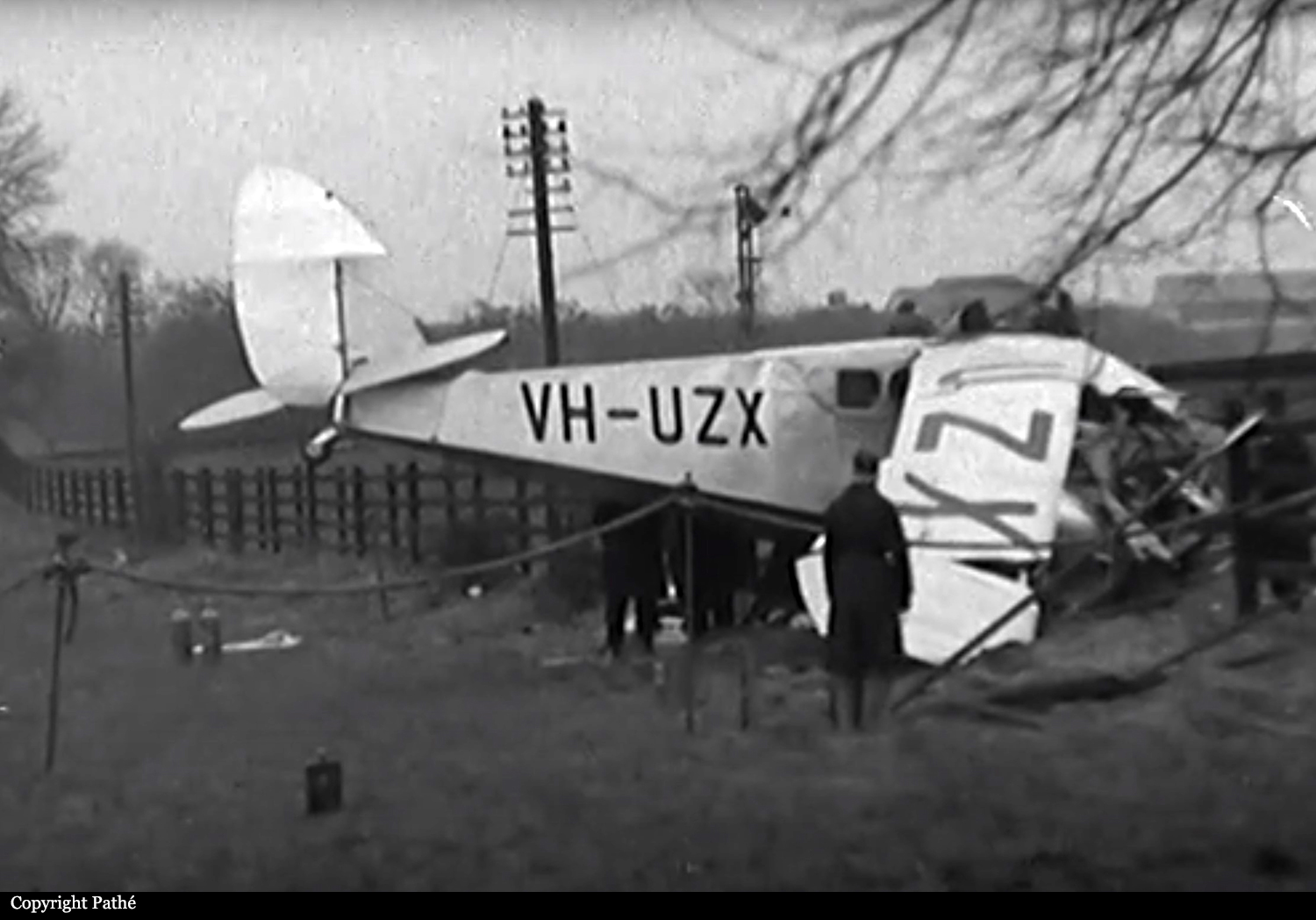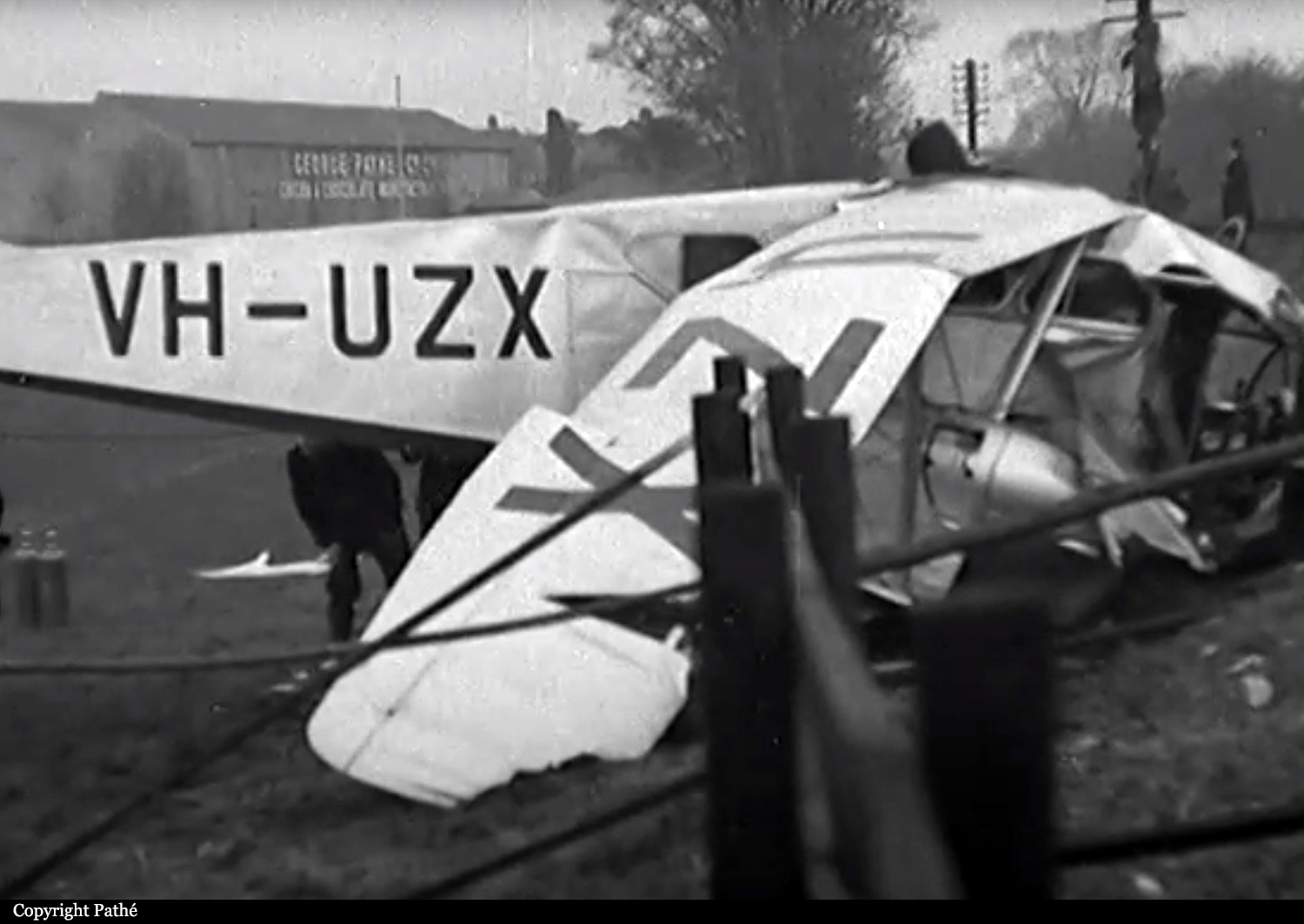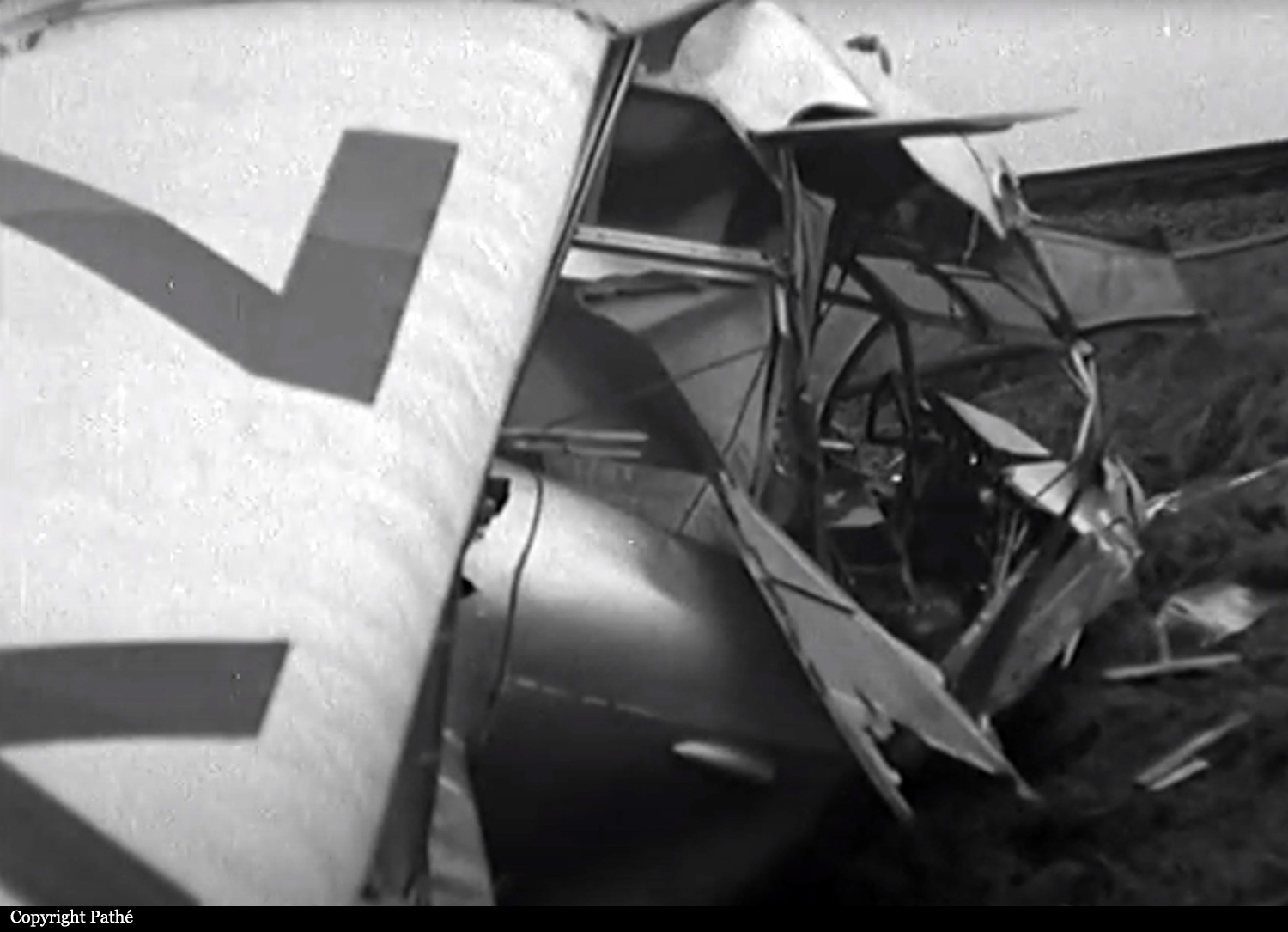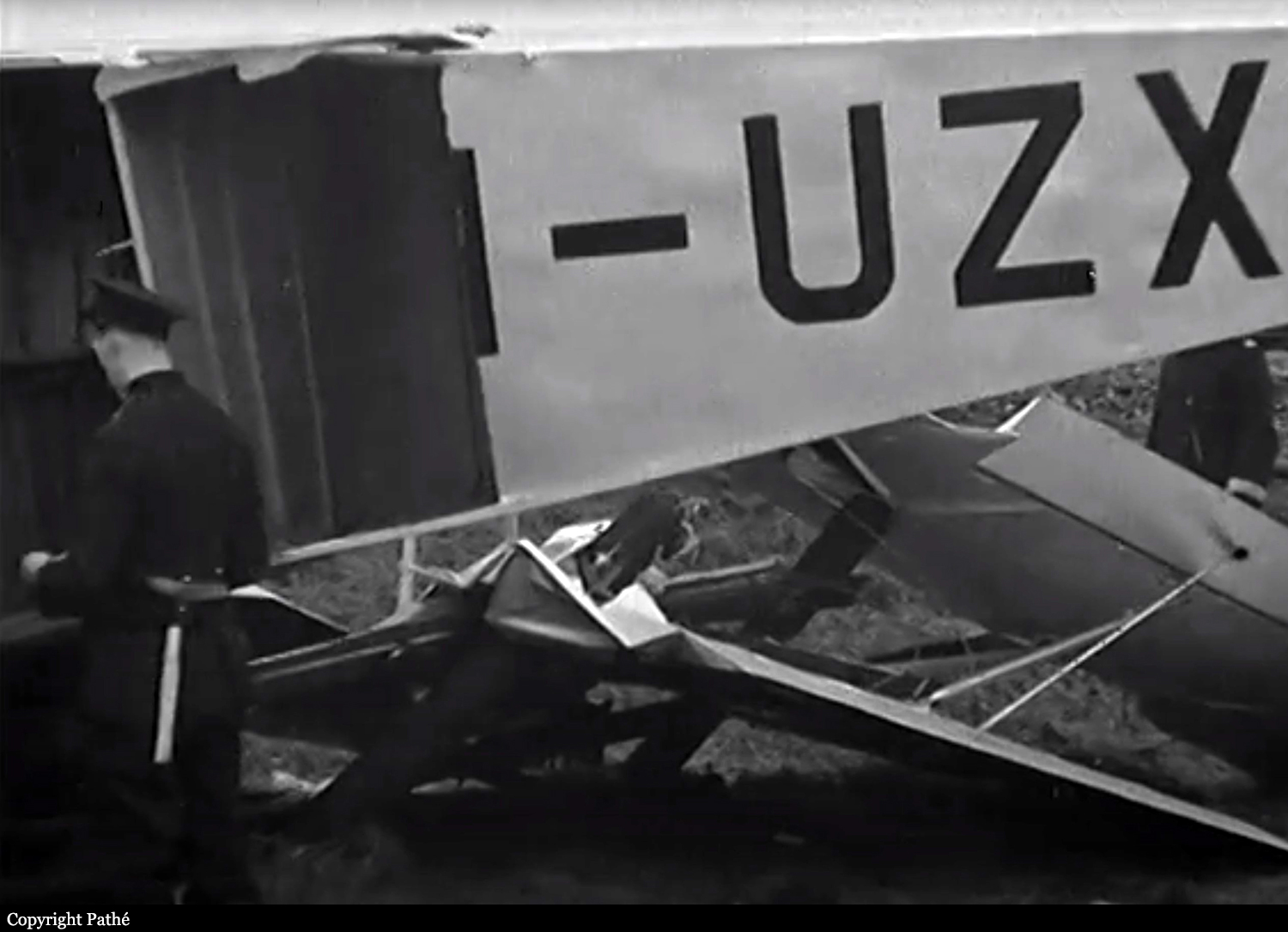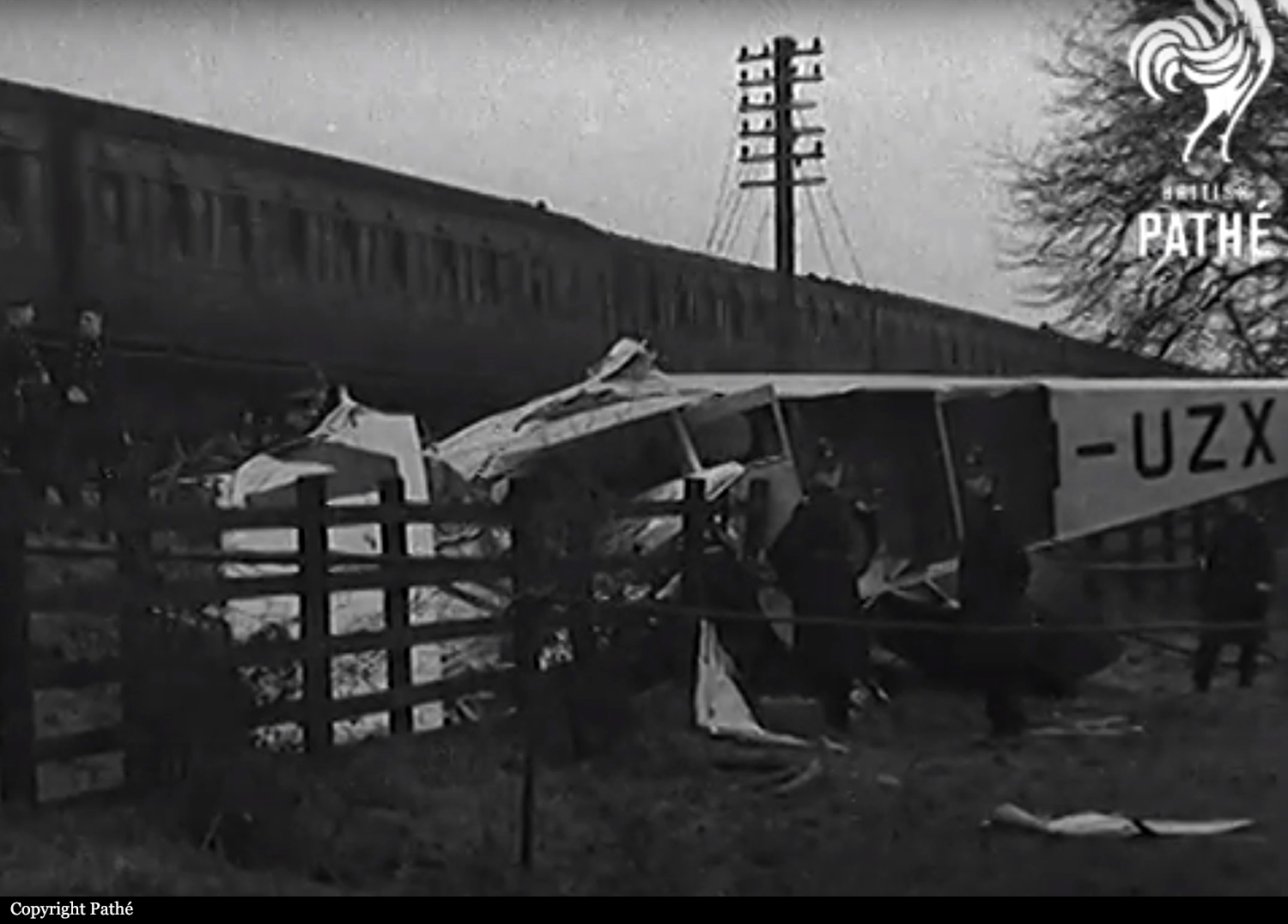Crash of a De Havilland DH.91 Albatross in Pucklechurch
Date & Time:
Oct 6, 1940
Registration:
G-AFDL
Survivors:
Yes
Schedule:
Croydon – Whitchurch
MSN:
6805
YOM:
1939
Crew on board:
5
Crew fatalities:
Pax on board:
7
Pax fatalities:
Other fatalities:
Total fatalities:
0
Circumstances:
The aircraft was performing a regular schedule flight to the RAF Whitchurch, south of Bristol. While on approach, the crew encountered engine problems and attempted to make an emergency landing in a field located in Pucklechurch, northeast of the airport. Just prior to touchdown, the four engine aircraft impacted a house and crashed in a field. All 12 occupants were uninjured while the aircraft named 'Fingal' was damaged beyond repair.
Probable cause:
All four engines failed on approach after a fuel line ruptured.
